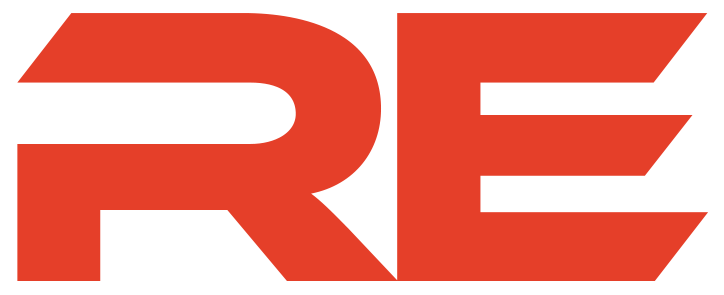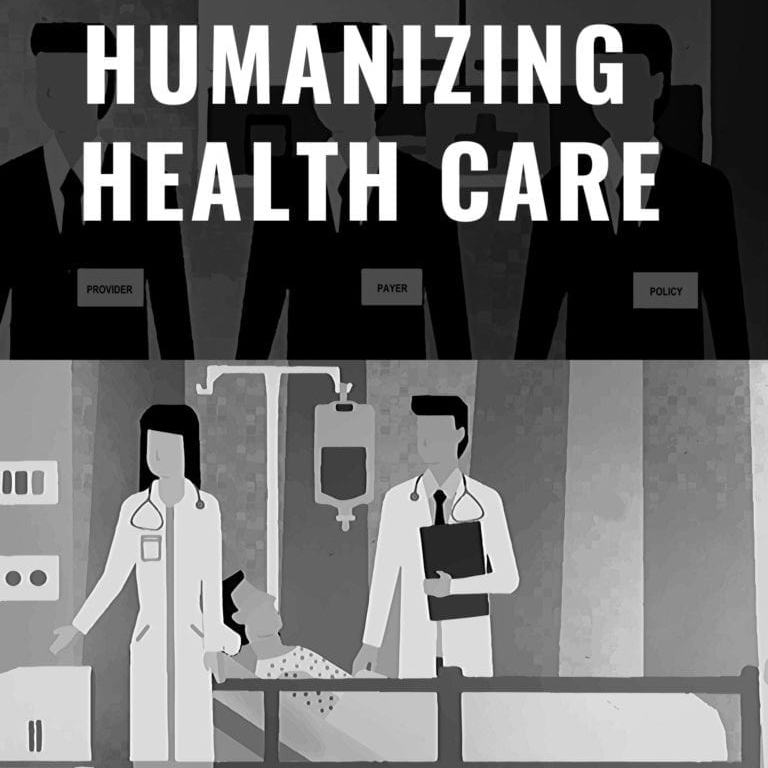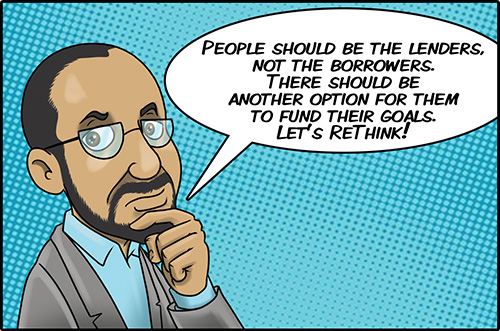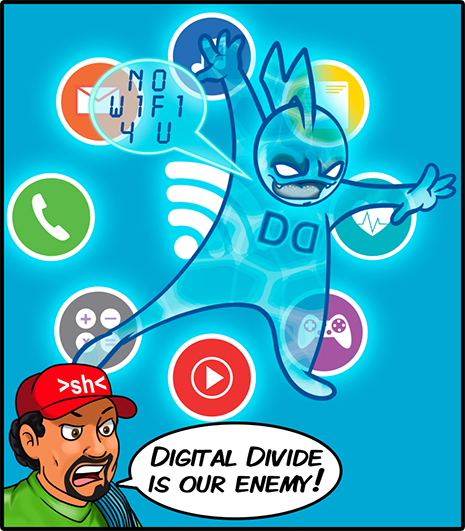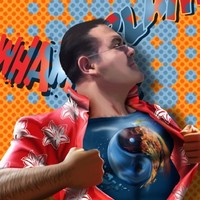Open Your Heart - Close the Sky - "Crypto-Caring for Ukraine"
What do you do in the 21st century when war breaks out and you are not a soldier? If you “rethink your role as a citizen” as did Mark Nezvisky, you go to the virtual front-line.
“Not everyone can carry a gun,” explained Mark. “We didn’t want to simply head for shelter when the alarms started – we decided to use our connections in the cypto and NFT world. At least we could raise money for the war, for hospitals or other humanitarian needs.” He continues:
“It’s our way of contributing to the future of our country. It’s our digital front. We want to live in a free, independent country called Ukraine. We want to make our own decisions on what our country would be like. It’s our fight for democracy.”
The Result – and the Result-Makers
Mark’s “team” initially comprised himself, his wife, a sister and her husband to create a beautiful NFT collection available for purchase by people wanting to materially contribute to the Ukrainian army, their hospitals and much-needed help with essentials such as food and health goods.
At the moment, they have a telegram group with more than ten designers, some who have already contributed their artwork for the NFT collection while others have just started and are deep in that process.
“We also have a marketing specialist, Nazar Stepanyuk who joined us recently and we need many more with his skills to help us promote the collection. Although we did consult with 2 more marketing specialists on the best marketing strategies,” Mark explained, adding:
Everyone who’s contributing, whether designer, marketer or those spreading the word throughout the cyber community are highly motivated individuals and are true patriots of Ukraine.” He added for emphasis:
“We are all doing this on a pro bono basis.”
Where does this money go?
The group has raised over $911 USD so far by selling 9 NFTs from our CloseTheSky OpenSea account. Anyone with a cryptowallet such as Metamask can go to the activity tab of our collection on OpenSea and filter out by sales to see exactly which NFTs were sold.
That entire amount has been donated to comebackalive.in.ua which is a foundation datikng back to 2014 in response to that earlier Russian invasion started.
“It’s a reputable organization that receives donations not only from Ukrainians but people all over the world, including celebrities and business people in the U.S.,” Mark says. “You can visit their website to learn more how they distribute the funds that are being donated. We plan to expand the list of organizations we contribute to as our sales from the NFTs grow.”
Your involvement – heart and wallet
Whether you are a crypto enthusiast or someone who wants to step up to answer this humanitarian need, you will be purchasing artwork created by a group of nine designers who have donated their efforts for the sake of Ukraine. The designers adding their skill to the CloseTheSkyUA NFT collection are Den Matliak, Vlad Kornyuk, Artem Koliadynskyj, Roman Mamchur, Karina Kuts, Asya Pyatnychko, Anna Fedora, Lena Afanasieva, and Julia Lipa.
